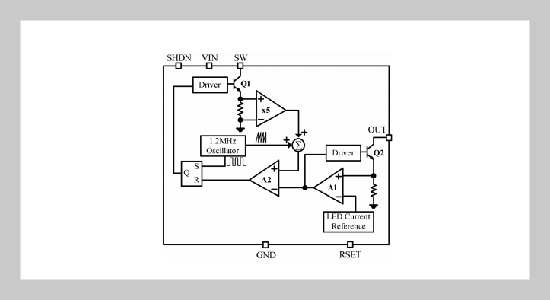Yang-Han Lee This email address is being protected from spambots. You need JavaScript enabled to view it.1, Chao-Chung Huang1 , Jiann-Jong Chen2 and Yih G. Jan1 1Department of Electrical Engineering, Tamkang University, Tamsui, Taiwan 251, R.O.C.
2Department of Electrical Engineering, National Taipei University of Technology, Taipei, Taiwan 106, R.O.C.
Received:
April 15, 2007
Accepted:
May 20, 2008
Publication Date:
September 1, 2008
Download Citation:
||https://doi.org/10.6180/jase.2008.11.3.08
The portable electronic products are widely used in daily life. Because most of these products need screen or backlight, the white LED is popularly applied to these products. In many applications, we need an IC driver to supply the necessary power to drive the White LEDs. There are two kinds of drivers, parallel type and series type, each of them has its own advantages and disadvantages. The parallel one can be fabricated with standard CMOS process instead of using the wing high voltage CMOS process. In this paper, we will present the process of implementing a white LED driver chip. It is using Taiwan Semiconductor TSMC’s Manufacture Inc. 0.35 μm 2P4M process. The circuit designed with the described process can be operated at 3.2-5.5 V input voltage to generate 4.7-5.2 V output voltage. Maximum output current can be running up to 100 mA. This driver IC is implemented with capacitors instead of inductors to avoid possible electromagnetism interference. The proposed circuit consists of voltage reference circuit, oscillator circuit and charge pump circuit. The circuit design, the theoretical analysis of the circuit, circuit simulation results and measured results are all discussed this paper. The proposed driver can be applied in the white light LED driver, LED Brightness Controller, Li-Ion Battery recharge system, or a voltage supplier to supply 5 V voltage to PCMCIA.ABSTRACT
Keywords:
White LED Driver, DC-DC Converter
REFERENCES









